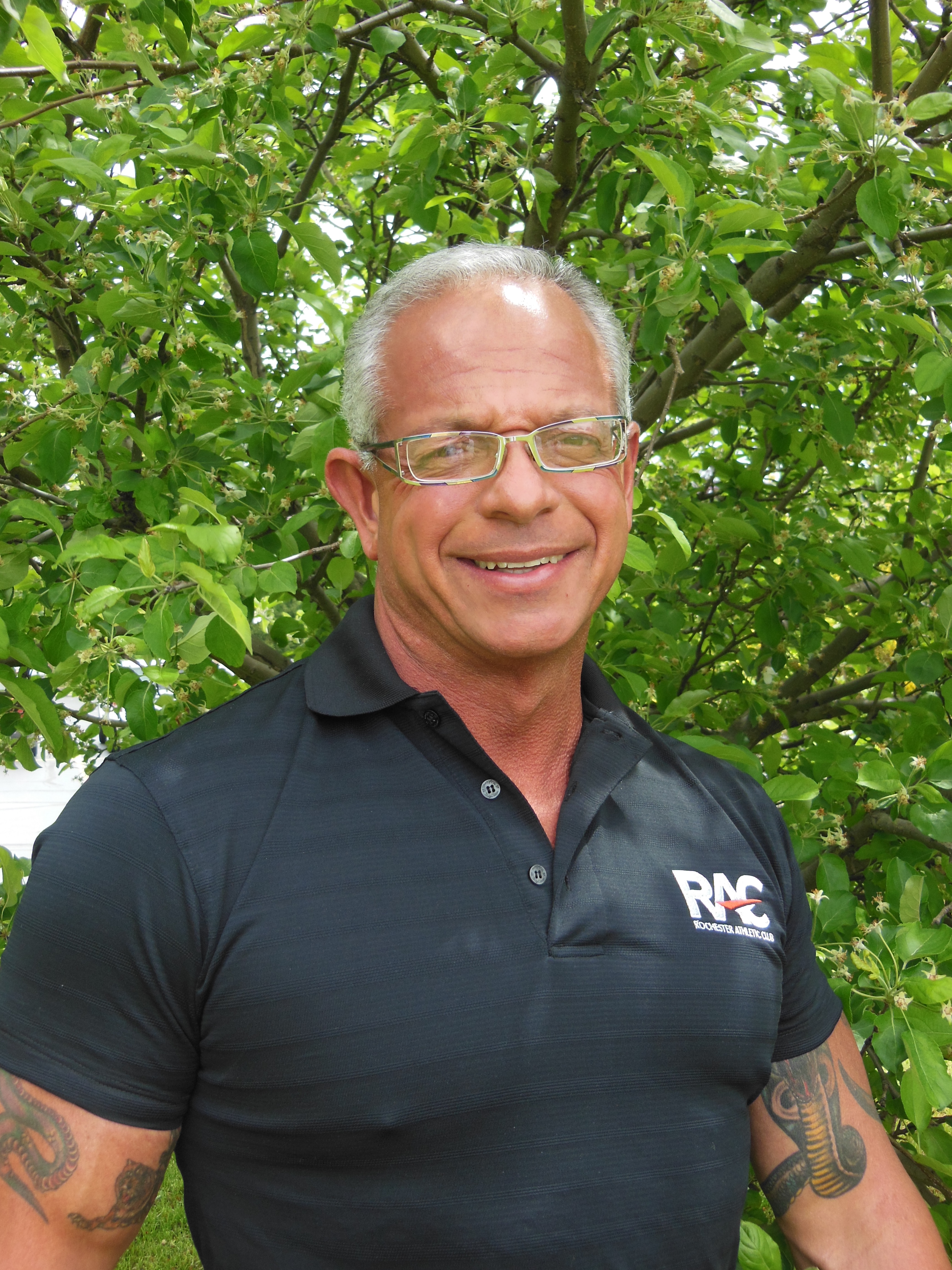Emphasis
The primary muscles stressed in this movement are the muscles in your upper legs (upper hamstrings, glutes and quadriceps). The secondary muscles stressed are the muscles in your stomach and lower back.
Starting Position
Stand approximately 6 to 12 inches from and facing a bar on a squat rack or a railing (at waist level). Hold on to the bar for balance only. Keep your back straight.
Movement
Bending at the hips and knees, take two to three seconds to squat down until your thighs are parallel to the floor. Push up off the floor through your heels, returning to the starting position. Contract your abdominals, glutes and quadriceps hard before repeating.
Training Tips
- Keep your back straight throughout the entire exercise to reduce stress placed on the lower back.
- Contract your abdominals throughout the entire movement. This will help to support your lower back.
- Avoid pulling your body up when pushing up to the starting position.
- If you do not have a problem with your knees you can perform this movement to 90 degrees. This incorporates more work from the hamstrings and glutes.
- When performing any squatting movement from the floor you must evaluate the flexibility of your Achilles tendon. Poor flexibility will result in your heels coming off the floor before your thighs are parallel to the floor. This will create an unstable situation for your knees. Depending on the degree of flexibility, a 1/2 inch or 1 1/2 inch board should be placed under your heels.
Options
There are three stances that can be used for this exercise.
- Close Stance – The feet are placed one to two inches apart Concentration is on the Vatis Lateralis (outer thigh).
- Medium Stance – The feet are placed shoulder width apart. Concentration is on the entire quad, hamstring and glutes.
- Wide Stance – The feet are placed just outside the width of the shoulders. Concentration is on the Vastis Medialis (inner thigh).
Warning Tips
- Do not lean forward during this movement. This can cause serious injury to your back.
- Do not bounce as you reach 90 degrees. This can cause serious injury to your knees.
- Do not squat down any faster than two to three seconds. You must stay in control at all times during this movement. The faster you perform this movement, the less control you will have which in turn will increase your risk of injury.
- Do not lock out your knees. This can cause serious injury to your knees.
 Robert Bovee Certified Master PPT, RTS, ETS, FTS
Robert Bovee Certified Master PPT, RTS, ETS, FTS
As one of the most successful Professional Personal Trainers and Exercise/Fitness Therapists in the United States, Robert continues to remain at the forefront of the industry by providing his clients with a thorough education and the tools to implement that education. By improving his client’s physical health, strength, endurance, cardiovascular fitness and nutritional habits, he is able to motivate them to lead longer, happier and more productive lives. Find out more about Robert and his personal training career and services, here.
Guest authors offer experience and educational insights based on their specific area of expertise. These authors are contributing writers for the NFPT blog because they have valuable information to share with NFPT-CPTs and the fitness community at-large. If you are interested in contributing to the NFPT blog as a guest, please send us a note expressing your interest and tell us how you can contribute valuable insights to our readers. We look forward to hearing from you! Send to editor@nfpt.com

